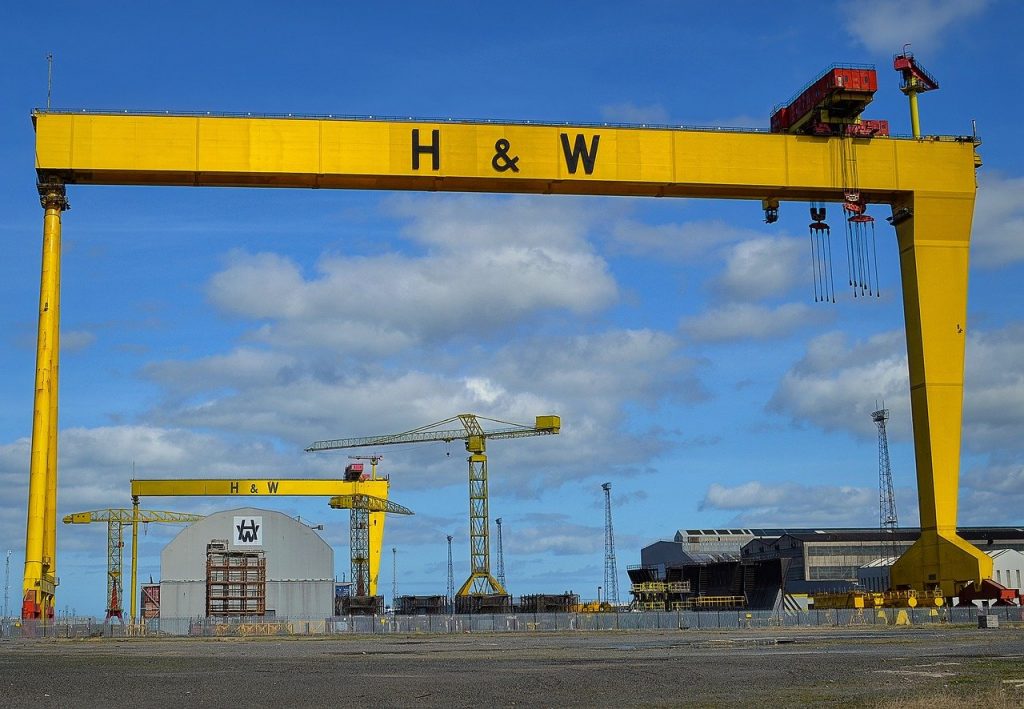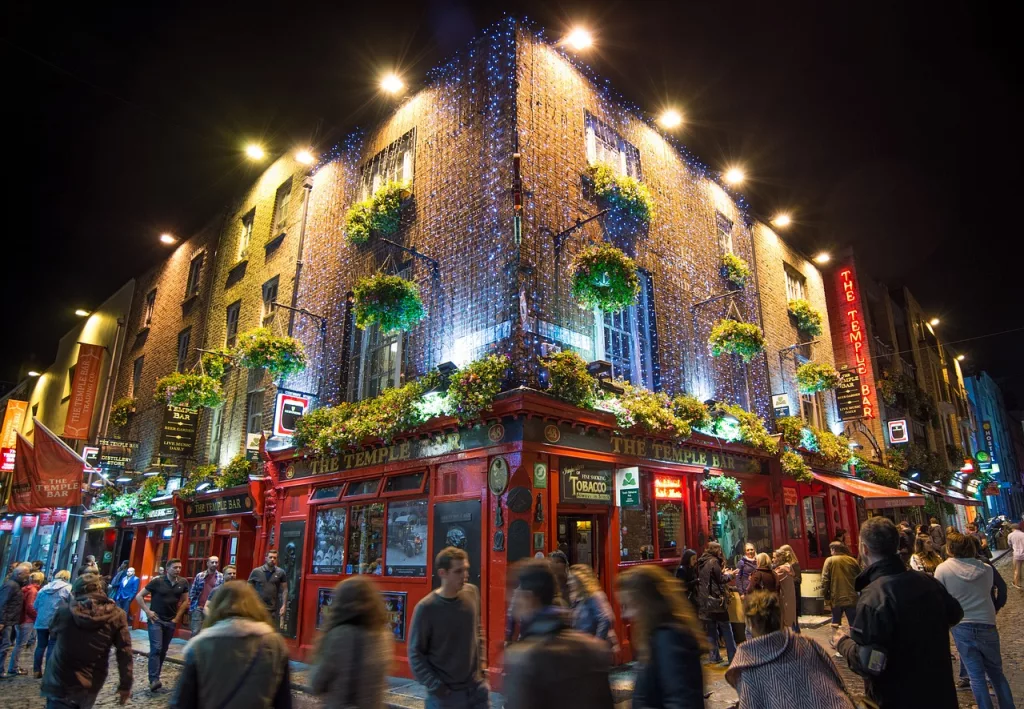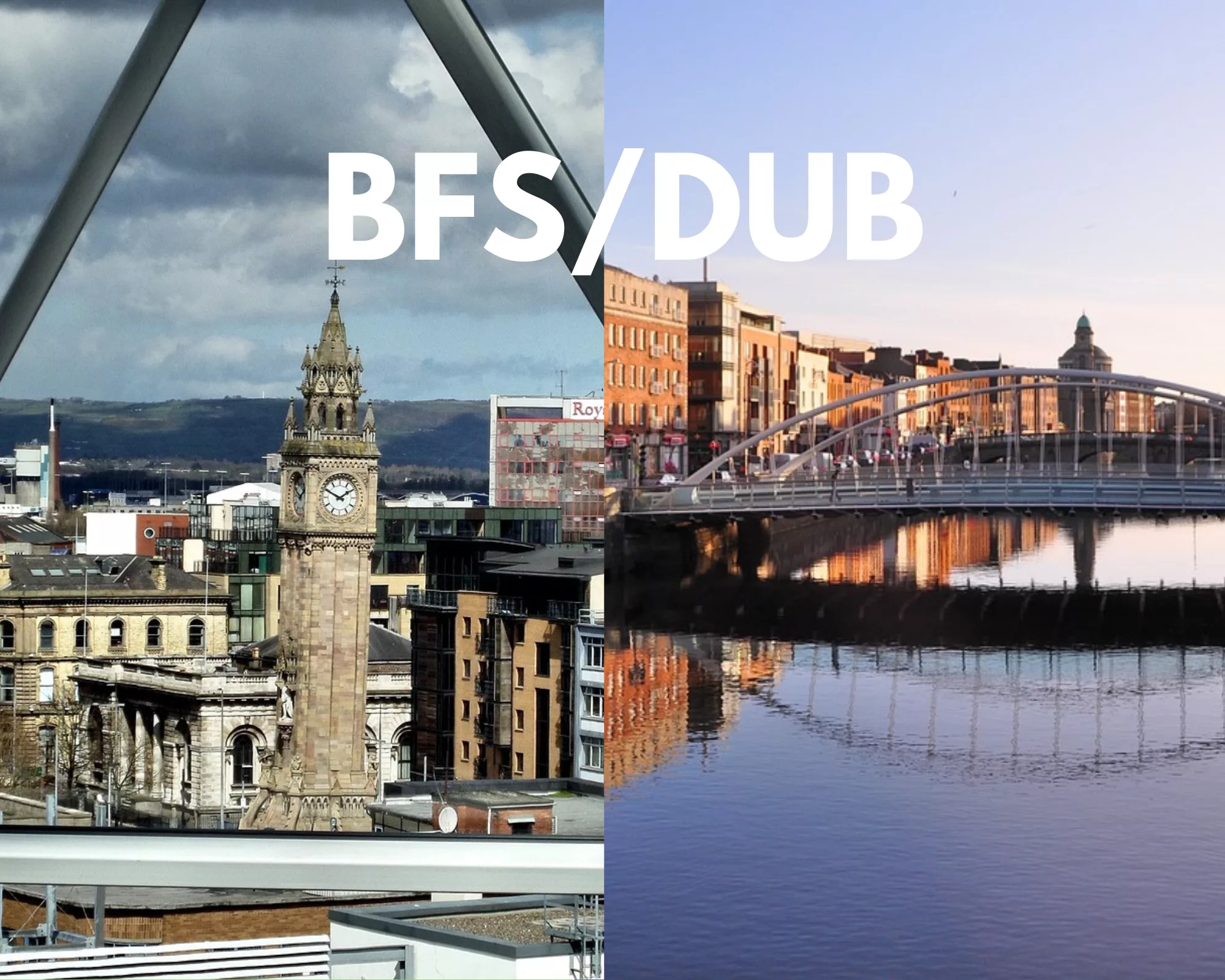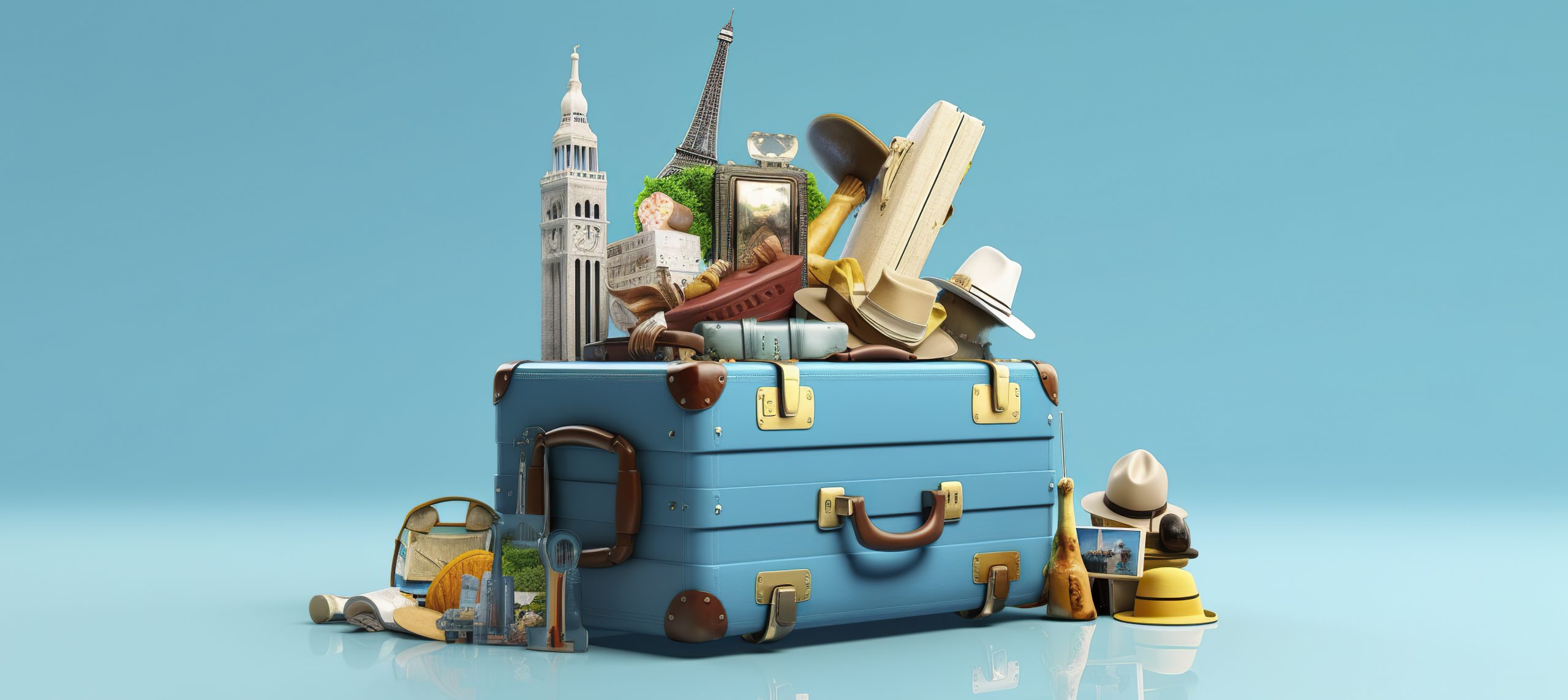Exploring Dublin and Belfast: Essential Travel Tips, Safety Advice, and Insider Info
Ireland and Northern Ireland, with Dublin and Belfast as their vibrant cultural capitals, are filled with rich history, breathtaking sights, and welcoming warmth that make every trip unforgettable. However, traveling between Dublin and Belfast can raise some unique questions, from essential travel tips and visa requirements to safety advice and insider info. This guide covers everything you need to know to make planning your journey a breeze, so you can fully enjoy both cities with ease and confidence.
1. Can I Visit Belfast with an Ireland Visa?
It’s one of the most common questions travelers ask because of the unique arrangement between Ireland and Northern Ireland. Ireland and Northern Ireland are indeed on the same island, but they have separate visa requirements because Northern Ireland is part of the United Kingdom.
- Short Answer: No, you cannot visit Belfast with an Irish visa alone.
- Long Answer: To enter Belfast, you generally need a UK visa since it is part of the United Kingdom. There is, however, an exception for travelers from certain countries under the British-Irish Visa Scheme, which allows some visitors to travel freely between Ireland and Northern Ireland if they have either a UK or Irish visa. It’s best to double-check if your nationality is eligible for this scheme.
- For American Travelers: U.S. citizens do not need a visa to enter either Ireland or the United Kingdom for short stays (up to 90 days for tourism or business). Americans can visit both Dublin and Belfast without needing a visa for either, but make sure your passport is valid for at least six months beyond your planned stay.

2. Can I Visit Dublin with a British Visa?
In case you’re wondering if a UK visa allows entry to the Republic of Ireland, the answer is mostly “no” – with a few exceptions.
- Short Answer: Generally, no.
- Long Answer: If you hold a British visa, it typically won’t allow you to cross the border into Ireland unless you’re covered by the British-Irish Visa Scheme (applicable to certain nationalities). Otherwise, you will need a separate Irish visa to visit Dublin.
- For American Travelers: Again, Americans are visa-exempt for both Ireland and the UK, so you can travel freely between Dublin and Belfast without needing to worry about additional visa requirements.
3. Can You Fly from Belfast to Dublin?
When traveling between these two cities, it’s understandable if you’d prefer to fly, especially if you’re short on time. However, flying isn’t as practical as you might think.
- Short Answer: No, there are no direct flights between Belfast and Dublin.
- Long Answer: Since the two cities are just 90 miles apart, flying isn’t a common option. Most people choose to travel by train, bus, or car, which is cheaper and faster than going through the hassle of a short flight. The journey is straightforward, scenic, and takes about 2 hours.
So our review of a weekend in Dublin here.
4. Is Belfast Dangerous for Tourists?
The topic of safety in Belfast comes up frequently, partly due to its history. But let’s put that to rest:
- Short Answer: No, Belfast is not dangerous for tourists.
- Long Answer: Belfast has transformed dramatically in recent decades. Today, it’s a friendly, safe, and welcoming city for tourists. As with any major city, you should still take general precautions (especially around nightlife areas), but you’ll likely find Belfast to be as safe as any other European destination.
5. Is Dublin Dangerous for Tourists?
Dublin is known for its charm, but like any big city, you’ll want to be aware of your surroundings.
- Short Answer: Generally, no – Dublin is quite safe for tourists.
- Long Answer: Crime rates in Dublin are relatively low, and violent crime targeting tourists is uncommon. That said, petty crime like pickpocketing can occur in crowded areas. Stick to well-lit, populated places, especially at night, and always keep an eye on your belongings.

6. Is it Safe to Walk in Belfast at Night?
After dark, some cities become more intimidating, especially to tourists who aren’t familiar with the area. Here’s what you need to know about Belfast.
- Short Answer: Yes, it’s generally safe, but with precautions.
- Long Answer: Belfast is generally safe at night, particularly in the city center where you’ll find pubs, restaurants, and other nightlife spots. However, if you’re wandering off the beaten path or around poorly lit areas, it’s smart to be cautious, as you would in any city. The Cathedral Quarter, known for its nightlife, is a popular and relatively safe area for tourists to explore.
View our 48hrs in belfast guide here
7. Closest Airports to City Centers
Let’s talk about your point of arrival.
- Dublin: Dublin Airport is located around 10 kilometers (6 miles) north of the city center. The journey takes approximately 20-30 minutes by car or bus, depending on traffic. The Airlink Express and Dublin Bus operate regular services between the airport and downtown.
- Belfast: Belfast has two airports – Belfast International Airport (BFS) and George Best Belfast City Airport (BHD). Belfast City Airport is closest to the city center, located just 5 kilometers (3 miles) away, and is reachable in about 10-15 minutes by car or bus. Meanwhile, Belfast International Airport is further out, around 30 kilometers (19 miles) from the center, with travel times of about 30-40 minutes by car or shuttle bus.
A Tale of Two Cities: Dublin and Belfast
Dublin and Belfast may be close in proximity, but they each offer unique experiences. Dublin’s vibrant pubs, literary history, and cosmopolitan vibe make it a must-see for any traveler. It’s hard not to be charmed by its cobbled streets, colorful doors, and the live music streaming from nearly every pub in Temple Bar.
Belfast, on the other hand, has a rich maritime history – it’s where the Titanic was built, after all! The Titanic Quarter is now home to the world-famous Titanic Belfast museum. Belfast also boasts striking street art, charming Victorian architecture, and, of course, stunning landscapes a stone’s throw away, like the Giant’s Causeway.
Getting Around: Tips for Travel Between Dublin and Belfast
Whether you’re planning to explore both cities in one trip or focus on just one, here are some quick tips for getting around.
- Train: The train is one of the fastest ways to travel between Dublin and Belfast. Irish Rail and Translink offer a comfortable 2-hour journey, with frequent services that make it easy to hop between the two cities. – Top tip. Although its the same train it can be booked through translink (NI) or Irish rail (ROI) and one is ususaly cheaper than the other so compare prices!
- Bus: Several bus companies, like Aircoach and Bus Éireann, operate between Dublin and Belfast. Buses are typically cheaper than trains, but they take a bit longer – about 2.5 hours, depending on traffic.
- Car Rental: If you prefer flexibility, renting a car is also an option. This allows you to make stops along the way, like at Carlingford or other scenic spots. But note: renting in one country and dropping off in another may incur additional fees.
Top Experiences in Dublin and Belfast
If you’re tight on time, here’s what you don’t want to miss:
- Dublin Highlights:
- Guinness Storehouse – Dublin’s most popular attraction where you can learn about (and taste) Ireland’s iconic stout.
- Trinity College and the Book of Kells – See one of the most beautiful libraries in the world.
- St. Patrick’s Cathedral – Stunning architecture and rich history.
- Belfast Highlights:
- Titanic Belfast – Immerse yourself in the story of the world’s most famous ship.
- Crumlin Road Gaol – A fascinating, albeit haunting, journey into Belfast’s past.
- Botanic Gardens – A beautiful escape within the city, ideal for a relaxing afternoon.
Exploring Dublin and Belfast offers a chance to experience the best of both worlds: two cities, two cultures, and one unforgettable adventure. From the green hills of Belfast to Dublin’s lively pubs, the warmth of these destinations will stay with you long after your trip.
With this guide, you’re ready to navigate the border quirks, find your way to top sights, and enjoy the trip safely. Just remember: visas, passports, and a little common sense go a long way in making your Irish journey smooth and memorable.



